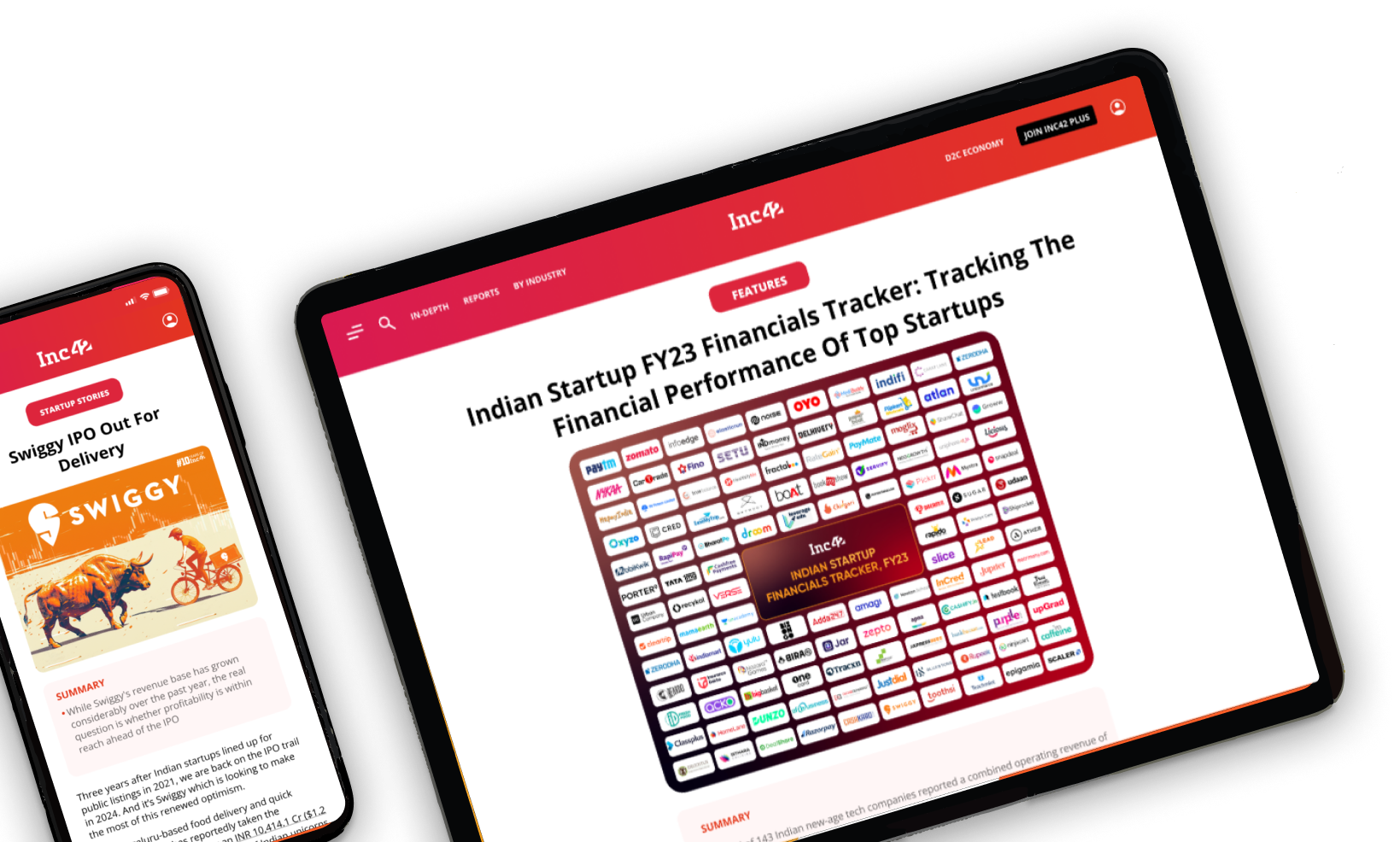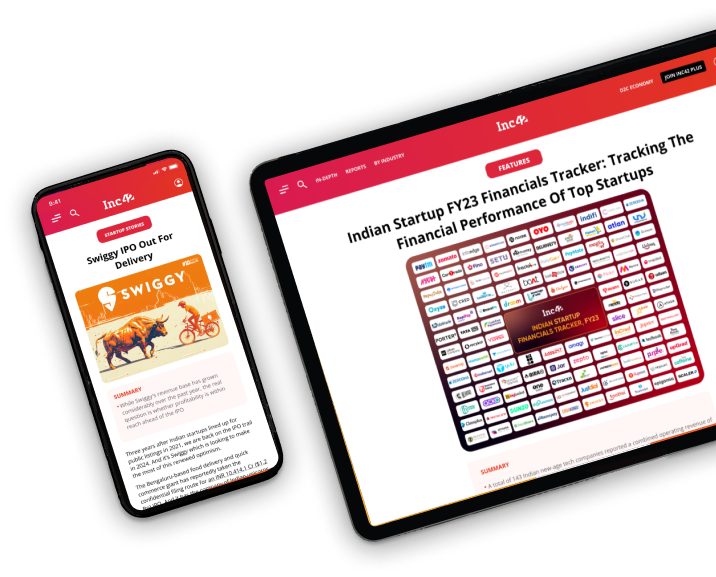As the school year starts up again, the class of 2017 is heading off to college for the first time, and a whole crop of high-school seniors is beginning to consider where they’ll go next year – or whether they should go at all.
Some, like PayPal Co-Founder Peter Thiel, claim that college just isn’t worth it in the age of startups. He’s giving 20 bright young people $100,000 each to start a company instead.
Despite the fact that Thiel himself is a Stanford graduate, people who choose to follow his advice and drop out find themselves in pretty good company. Beyond Bill Gates and Steve Jobs, some of today’s most successful business people didn’t graduate from college. Here are a few that prove a college degree isn’t the only path to success.
Matt Mullenweg started WordPress, which now powers 19% of the web.
Mullenweg dropped out of the University of Houston in 2004. Even then, he was so precocious that he didn’t bother with their computer classes. At 20, he had already developed the beginnings of WordPress and was fielding job offers from tech companies. He dropped out to work for CNET in San Francisco, with a promise that he could continue developing his side project 15% of the time.
He left to found Automattic, the company behind WordPress. WordPress alone gets 140 million visits a year with a staff of just 140, and all of Automattic’s sites see nearly half a billion visitors.
Arash Ferdowsi is a co-founder of DropBox, which is now worth an estimated $4 billion.
Ferdowsi dropped out of the Massachusetts Institute of Technology in 2007 after three years at the school. He left to found DropBox, which quickly grew from a tiny startup to a service used by hundreds of millions of people.
He’s currently the company’s Chief Technology Officer and became a multi-millionaire at the age of 27.
Aaron Levie started enterprise software company Box, which could IPO at a valuation of as much as $3 billion.
When Levie was a sophomore at the University of Southern California, he was bouncing ideas back and forth with Dylan Smith, a friend at Duke. A marketing class helped Levie come up with the idea that became Box.net, a cloud content management system.
An unsolicited email to Mark Cuban got them $350,000 in funding, and they haven’t looked back since. The company has its eye on an IPO some time this year.
Mark Zuckerberg has built Facebook into the world’s largest social network, with over a billion monthly active users.
Zuckerberg dropped out of Harvard University in 2004 during his sophomore year to move to Silicon Valley and work on Facebook full time. The site was first launched from his dorm room in February of that year.
The site has grown exponentially since then, and went public in the fall of 2012 in what was the biggest tech IPO of all time at $16 billion dollars.
Twenty-year-old Stacey Ferreira turned a tweet from Richard Branson into an investment.
In 2012, Ferreira decided to drop out of New York University when she received news that Virgin mogul Richard Branson and Jerry Murdock would be investing in her cloud-based startup, MySocialCloud.com.
Ferreira had started the business with her brother, Scott, in high school and continued working on it in her first two years of college. When she saw a tweet from Branson asking people to “donate $2,000 to charity” for a chance to meet him in Miami for “intimate cocktails,” Ferreira and her brother decided to borrow the money from their parents.
They were able to meet Branson and interest him enough that he came on as an investor and later brought on Murdock.
David Karp created Tumblr, now the 9th-most visited site in the United States, despite never graduating high school.
Nevermind college, Karp didn’t even graduate high school. He was already a product manager at UrbanBaby, an internet forum for parents, at the age of 16. He had dropped out of Bronx Science high school a year earlier in 2001 to be home schooled, and never obtained a high school diploma.
From there, he started Davidville, where he built the beginnings of Tumblr. That quickly became his full-time focus, and the company’s now the United States’ 9th most visited web site. Karp himself is worth an estimated $200 million.
Dustin Moskovitz is one of Facebook’s billionaire co-founders, and went on to start Asana.
Moskovitz was an economics major at Harvard, but dropped out in 2004 to follow Mark Zuckerberg out to Silicon Valley to help build Facebook into the global giant it is today. The company turned him into a billionaire.
He left in 2008 to found Asana, a web application designed to boost employee productivity and collaboration.
At age 19, Pete Cashmore founded Mashable, which attracts more than 20 million unique users each month.
In 2012, Pete Cashmore made Time magazine’s list of the 100 most influential people, and his web site Mashable is now one of the most visited online publications.
As a child, Cashmore turned to the Internet to socialize due to various medical complications and even finished high school two years late due to his health. Cashmore never attended college, but launched Mashable at the age of 19.
Daniel Ek co-founded the wildly popular music streaming service Spotify at age 21.
Ek left his studies in engineering at the Royal Institute of Technology in Sweden after eight weeks in 2005. He became a millionaire just a few years later.
At the age of 14, Ek founded his first company. He applied for an engineering job at Google at age 16. Five years later, he co-founded Spotify. The company now has more than 32 million paying subscribers worldwide.
Danielle Morrill was the first employee at Twilio and named as one of the top tech people to watch by Forbes.
Morill dropped out of college in 2007 and is well-known in the tech world as the first employee of cloud communications platform Twilio.
In 2011, she was named one of Forbes’ 30 Under 30 for Social/Mobile Technology. The next year, Morrill left Twilio to start her own company, Referly, which provides tools for collecting, sharing, and tracking links across the web.
Before founding a million-dollar company, Threadless Co-Founder Jeffrey Kalmikoff was kicked out of one school and dropped out of another.
Kalmikoff dropped out of graphic design school in Chicago in the late ’90s. He helped build t-shirt company Threadless from a side project into a million-dollar company as a co-founder and chief creative officer. He had a somewhat mixed experience with school, telling CoolHunting: “I was kicked out of one school, petitioned to get back in, and then dropped out. Then I dropped out of another school — and then I taught a class there!”
Threadless’ model of engaging community members and soliciting designs was so successful that it became a Harvard Business School case study. Since leaving the company in 2009, Kalmikoff has spent time at Digg, SimpleGeo, and as a startup advisor.
Sahil Lavingia helped design Pinterest and launched his own company, Gumroad, as a teenager.
Lavingia dropped out of his first semester at the University of Southern California to become the second employee and lead designer at Pinterest. One year after joining the company, the entrepreneur left to start his own company, Gumroad, which lets people sell anything they can share, such as a song or blog post.
The company raised $7 million in its Series A round from Kleiner Perkins. Lavingia started designing iPhone apps at the age of 14.
Zach Sims started Codecademy, which has over one million users and raised more than $10 million from investors, including Richard Branson.
 Sims dropped out of Columbia University in 2011 to build Codecademy. The startup was inspired by the fact that Sims wasn’t as good of a coder as classmate and co-founder Ryan Bubinski. Within just a few years it’s being used in some 200 countries.
Sims dropped out of Columbia University in 2011 to build Codecademy. The startup was inspired by the fact that Sims wasn’t as good of a coder as classmate and co-founder Ryan Bubinski. Within just a few years it’s being used in some 200 countries.
Last year, the company raised more than $10 million in funding from investors, including Sir Richard Branson, to support its vision of making it possible for anybody to learn how to code.
Ben Milne took his payment platform from a $1,200 investment to a multi-million-dollar company by the age of 22.
A decade ago, 28-year-old Ben Milne dropped out of the University of Northern Iowa to start his first company, Elemental Designs. In 2008, he moved on to Dwolla, an online payment system that allows you to eliminate credit cards completely.
“I started college because I thought that’s where I was supposed to go,” Milne told Business Insider. “I applied to one college, I got in, went, and realized it wasn’t for me. I had customers, so I stopped going to class.”
Four years after starting Dwolla, the company is moving more than $350 million.
JetBlue Airways founder David Neeleman dropped out of college with a year left until graduation.
Neeleman discovered his knack for business when he was a child working at his grandpa’s grocery store, but he never excelled quite the same way in school due to a learning disability.
After three years at the University of Utah, Neeleman dropped out of college. He went on to found the commercial airlines Morris Air, JetBlue Airways, and Azul Brazilian Airlines.
The recently named CEO of AOL’s content brands and former Gilt CEO, Susan Lyne dropped out of UC Berkeley.
Lyne spent time at George Washington University, the University of California at Berkeley, and at an art school before dropping out. That didn’t stop her from having an incredibly successful and varied career. In the early 2000s, she was the president of ABC Entertainment, greenlighting “Grey’s Anatomy” and “Desperate Housewives.”
She moved on to become a CEO of Martha Stewart Living Omnimedia and Gilt Groupe, and was recently named the head of AOL’s content brands.
Evan Williams found his time at the University of Nebraska a ‘waste of time’ and dropped out. He went on to start Blogger, one of Google’s early acquisitions.
Williams made it through just a year and a half at the University of Nebraska before realizing it wasn’t for him and that he wanted to start working. Eventually, he started Pyra Labs, which led to a side project called Blogger. It turned into a huge blogging platform and became one of Google’s early acquisitions.
He eventually left Google to start Odeo, a podcasting company that spawned Twitter, where he later served as CEO. His current project is the blogging platform Medium.
Gabe Newell dropped out of Harvard to work at Microsoft, like its founders Bill Gates and Paul Allen. He went on to launch Valve Corporation.
Outgoing Microsoft CEO Steve Ballmer convinced Newell to drop out of Harvard to come work at Microsoft, where he worked on the first releases of Microsoft’s iconic Windows and was an early Microsoft millionaire. After 13 successful years there, he left to create Valve Corporation.
Valve’s an incredibly successful videogame developer and digital distribution company known for creating the Half-Life, Portal, and Counter-Strike series, and for its unique corporate culture.
Whole Foods Founder John Mackey dropped out of the University of Texas several times, never graduated, and never took a business course.
Mackey dropped out of several different Texas colleges in the mid ’70s. At the age of 25, he was a religion and philosophy major at the University of Texas. He joined a vegan co-op, met a girl, dropped out for the final time, and borrowed money to open his first store.
Twenty-five years later, Whole Foods has gone international and does more than $12 billion in sales.
So what do you guys think of all these success stories? Feeling inspired?

















































 Ad-lite browsing experience
Ad-lite browsing experience